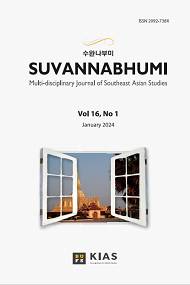부산외국어대학교 아세안연구원 주메뉴
전체메뉴

Myo Oo 2013-06-04 00:00
The concept of change is basic to the writing of history. One of the areas in which fundamental differences arise between East and West is precisely the conceptions of change as revealed by their historiography. In western historical writing, societies are seen to change inevitably and significantly. Change, moreover, is equated in Western thought with progress, and progress is highly valued. Therefore, originality or newness is cherished goals.
In contrast, in Asia (and particularly Burma), although change is indeed viewed as inevitable, it is seldom associated with progress; and, therefore, innovation and newness are not goals highly sought after. Custom and tradition of the “purer past” are models to be emulated.
However, in both traditions, discrepancies exist between ideals and society as it is. What the West often prizes as new and original may in fact be quite old; and the East is often forced to be innovative, serving itself from traditional practices, and is left to justify those actions in a culture that euphemized the past.
Both cultures, consequently, use disguises: the West frequently attempts to present traditional things as new and original. While in the East, things that are in fact new or original are cloaked in traditional legitimacy. One of the ways Burmese historians accomplished this goal was by the use of three literary devices as “tools” to disguise change and accentuate continuously. To these we must now turn to understand the intent (and therefore the assumptions) with which Burmese history was written.
Reference: Michael Aung Thwin. 1984. “Prophecies, Omens, and Dialogue: Tools of the Trade in Burmese History”. In Roger A. Long and Damaris A. Kirchhofer (eds.). Change and Continuity in Southeast Asia: The Papers of the Distinguished Scholar Series, University of Hawaii, 1982. Southeast Asia Paper No. 23. Center for Southeast Asian Studies, School of Hawaiian, Asian and Pacific Studies, University of Hawaii at Manoa Hawaii University. Page no. 2.